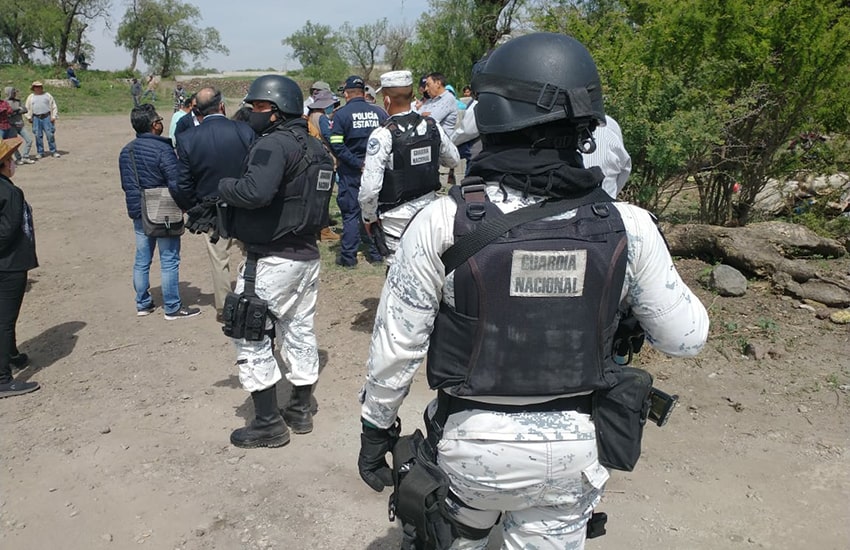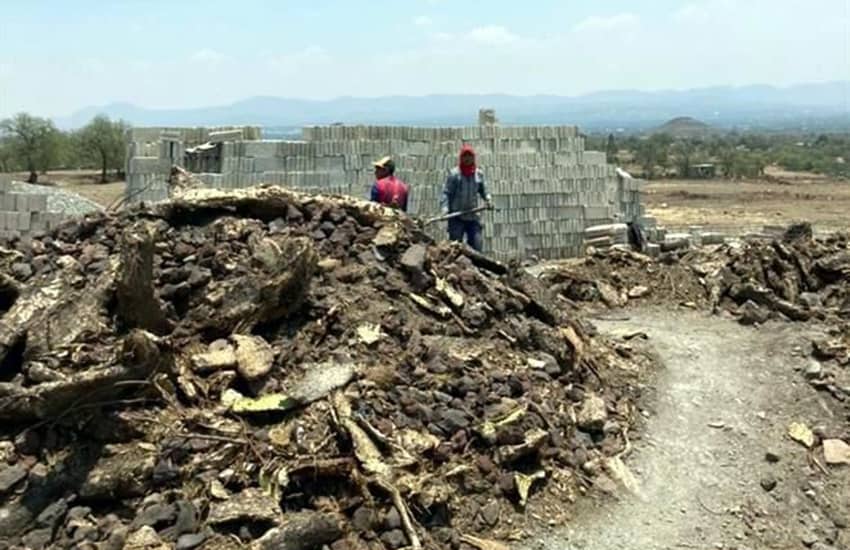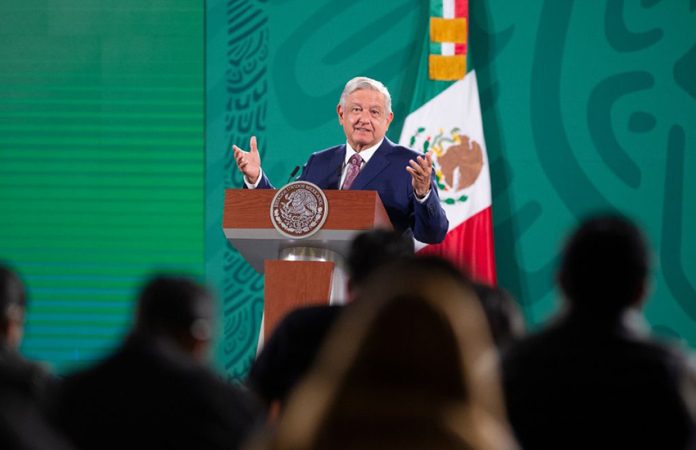Child sexual abuse and exploitation rings have operated in public and private schools in at least seven states during the past 20 years, according to a civil society organization, the Office of Defense of Childhood Rights (ODI).
The children’s rights advocacy and defense group said in a new report that teachers, principals, administrative staff and maintenance workers have all participated in the abuse of children inside and outside schools in Mexico City, México state, Jalisco, Baja California, Morelos, San Luis Potosí and Oaxaca.
Entitled It’s a secret: child sexual exploitation in schools, the report details a wide range of abusive practices over the past two decades. They include adults inappropriately touching children and forcing children to touch each other, rape, teachers indecently exposing themselves to students, tying children up, sexual abuse in which urine, feces or vomit was used, forcing children to watch sex acts between adults, gagging children with tape and the filming of children while forced to engage in sex acts.
Children as young as three have been subjected to heinous sexual abuse, according to the ODI, which has provided legal assistance to families of students from at least 18 schools.
“Numerous preschools and primary schools have been captured and used as spaces for the commission of child sexual exploitation crimes,” the report said.
“… Consistently, boys and girls described being penetrated with syringes filled with water, with drinking straws and with dirty papers, including ones stained with excrement,” ODI said.
The organization said that children have also reported being filmed and photographed and being forced to harm their fellow students.
The report said that more than 100 cases of sexual abuse and exploitation have been reported to authorities but didn’t indicate how many people were arrested or how many investigations were ongoing.
One facility where sexual abuse was rife was the Andrés Oscoy preschool in the Mexico City borough of Iztapalapa. Hundreds of children aged between three and five were allegedly sexually and physically abused, but the families of just 30 students filed formal complaints.
The federal Attorney General’s Office contacted the ODI in 2011 to seek legal assistance for the victims and their families. Children identified 10 people as “direct aggressors,” including teachers, the teenage son of one of the teachers and the preschool’s principal. Children were sexually abused in the school’s bathrooms, the principal’s office, classrooms and other locations.
The victims also described “grotesque rituals” that were passed off as games, the ODI report said.
The report also cited a 2008 case at an unidentified private preschool. A five-year-old girl and other young children were removed from the school and taken to a house occupied by six adults they didn’t know. The young students were allegedly drugged and sexually abused by the adults. The five-year-old girl said that babies were also abused at the home.
The ODI report also cited numerous complaints filed in 2011 against staff at the Laura Elena Arce Cavazos public preschool in Cuautitlán, México state.
Acts of “unheard-of cruelty” were perpetrated against young children, the report said. “Three children showed cuts on their legs that they say were inflicted by a teacher with a knife during an attack. Three of the 10 declarants said that they were photographed or filmed.”
Similar cases of sexual abuse and exploitation occurred at other schools in Mexico City, México state, Jalisco, Baja California, Morelos, San Luis Potosí and Oaxaca, the ODI said. The organization also documented other cases in which young children were removed from their schools and abused at private homes. Many acts of abuse were recorded on film.
“While this fact might not be important for a boy or girl who lacks understanding of issues of digital sexual exploitation, it’s an extremely important element in order to understand possible explanations for what happened,” the report said.
The ODI suggested that child sexual abuse was streamed online to people who paid to watch it from around the world.
As it is unclear how many teachers and other school staff were investigated and prosecuted, it is not known whether the people involved continue to work in educational settings.
ODI director Margarita Griesbach Guizar told the newspaper El Universal that more thorough and competent investigations are needed to ensure that people perpetrating sexual crimes against children are arrested and jailed.
“I don’t dare to say that there is a [sexual abuse] network, many networks or simply a new modus operandi, a new form of crime. What is clear is that we’re facing complex criminal behavior and because of this, an investigation with a broad outlook is needed to understand what is happening in Mexico with these crimes,” she said.
“I believe that incompetence is the best friend of corruption and impunity because what happens over and over again, both with criminal investigations and the intervention of the Ministry of Public Education, is that there is incompetence … in the selection of teachers [and] in investigations,” Griesbach said. “… And there are cover-ups [of sexual crimes].”
Source: El Universal (sp)














